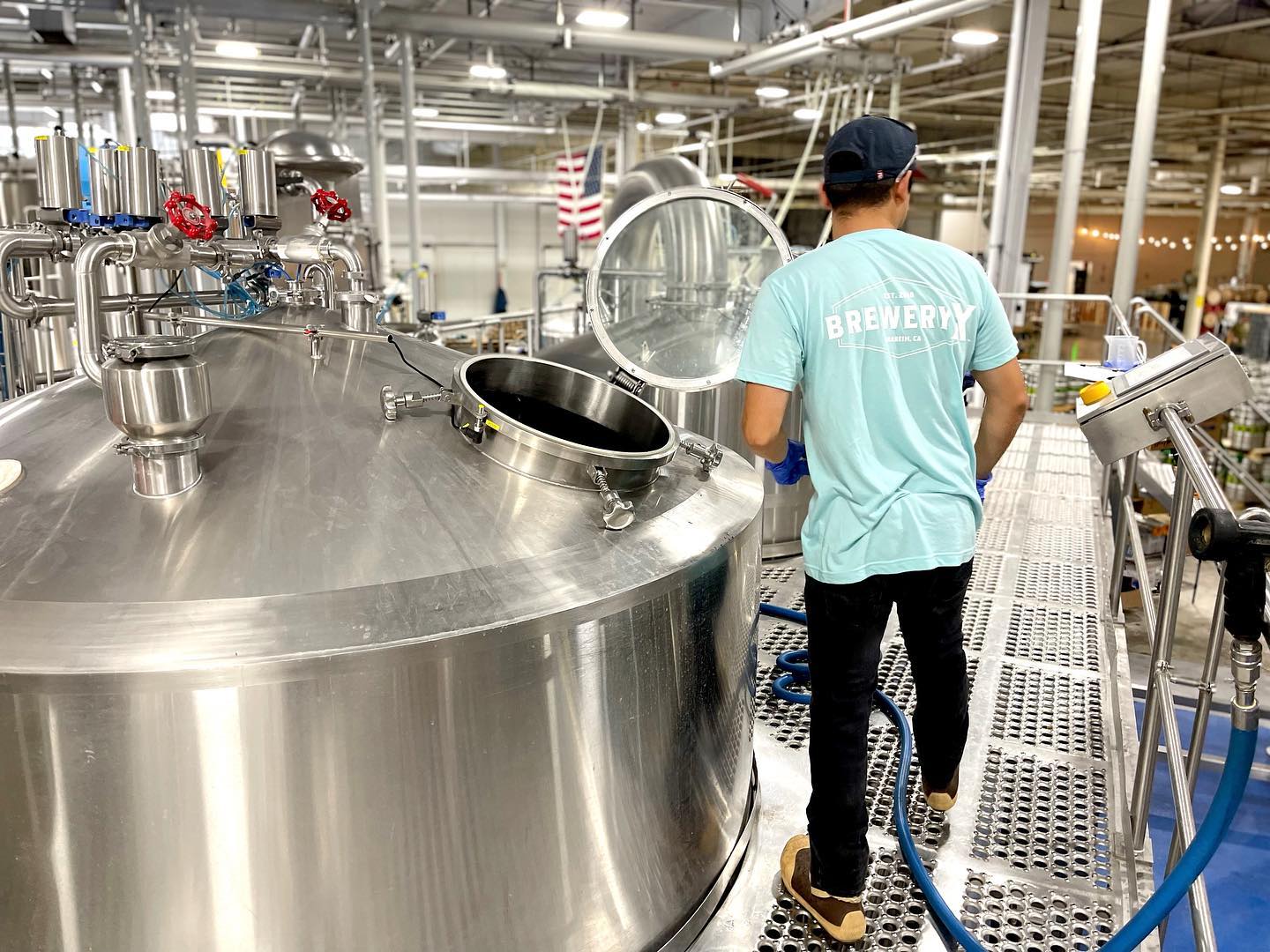How to Start a Brewery
Starting a brewery is a dream for many craft beer lovers, but turning passion into profit takes careful planning, investment, and knowledge of the industry. Whether you want to open a microbrewery, a brewpub, or a taproom, this guide will walk you through everything you need to know about launching a successful brewery business.
Research and Plan Your Brewery Business
Before diving headfirst into brewing, it’s essential to conduct thorough research. Understand the brewing industry, competition, target market, and trends in the craft beer market. Develop a comprehensive business plan that outlines your brewery’s vision, goals, and financial projections. A solid plan will help attract investors and guide you through the startup phase.
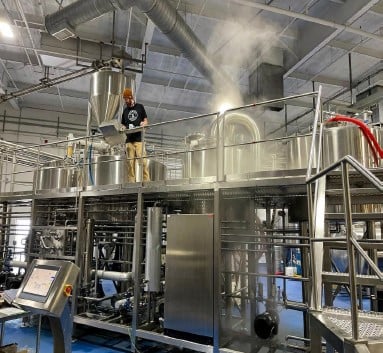
Market Research: Is There Demand for Your Brewery?
Not every city or town is a great place for a brewery. Conduct market research to determine if there’s demand for craft beer in your area. Analyze competitors, consumer preferences, and the demographics of potential customers. Speak with local bars, restaurants, and retailers to gauge interest in carrying your beer.
Choosing Your Brewery Type: Microbrewery, Brewpub, or Taproom
Selecting the right type of brewery depends on your business goals, budget, and legal requirements. Here’s a quick comparison of common brewery types:
| Brewery Type | Description | Pros | Cons |
|---|---|---|---|
| Microbrewery | Produces less than 15,000 barrels per year and sells primarily off-site. | Lower overhead, wholesale potential. | Requires distribution relationships. |
| Brewpub | A brewery with an on-site restaurant serving food and beer. | High profit margins, control over customer experience. | More operational complexity and regulations. |
| Taproom | Sells beer directly to consumers on-site, often without a kitchen. | Simple business model, direct customer interaction. | Limited revenue streams compared to brewpubs. |
Understanding Legal and Licensing Requirements
Brewing is a heavily regulated industry, and obtaining the right licenses is critical. Here’s an overview of the legal steps you’ll need to take:
| Requirement | Details |
|---|---|
| Federal Brewery Permit | Required by the Alcohol and Tobacco Tax and Trade Bureau (TTB) to legally brew beer. |
| State Licensing | Varies by state; often includes manufacturing and retail licenses. |
| Local Permits | Zoning laws, health department approvals, and business licenses. |
| Alcohol Sales Tax Compliance | Ensuring proper tax payments on alcohol sales. |
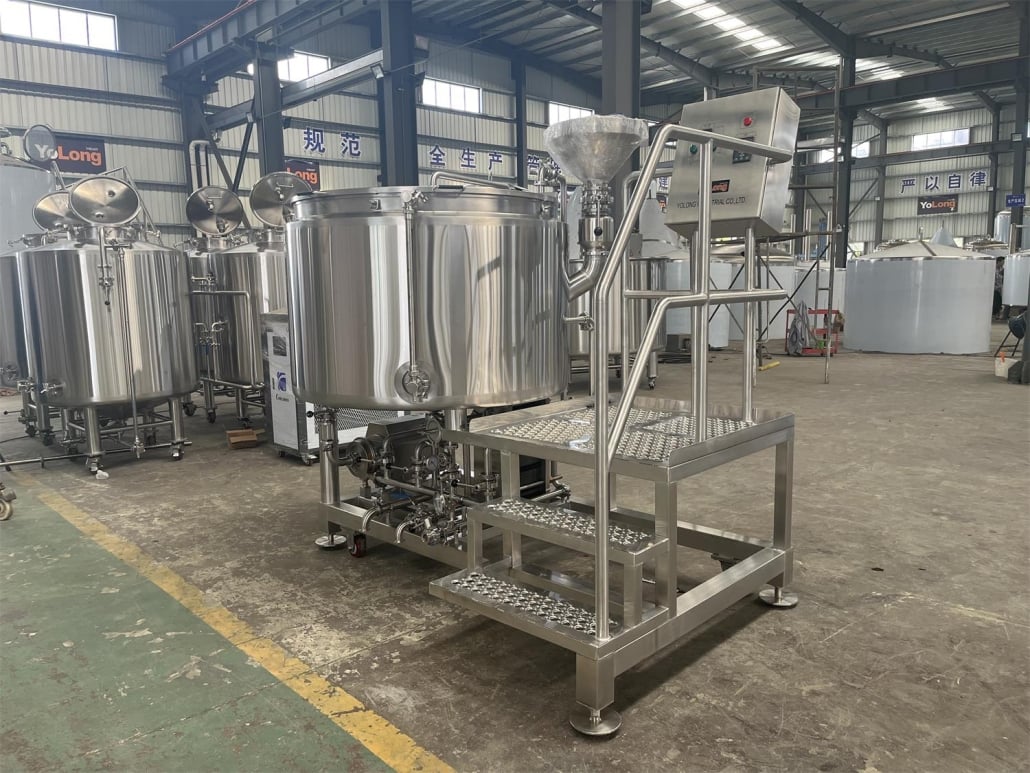
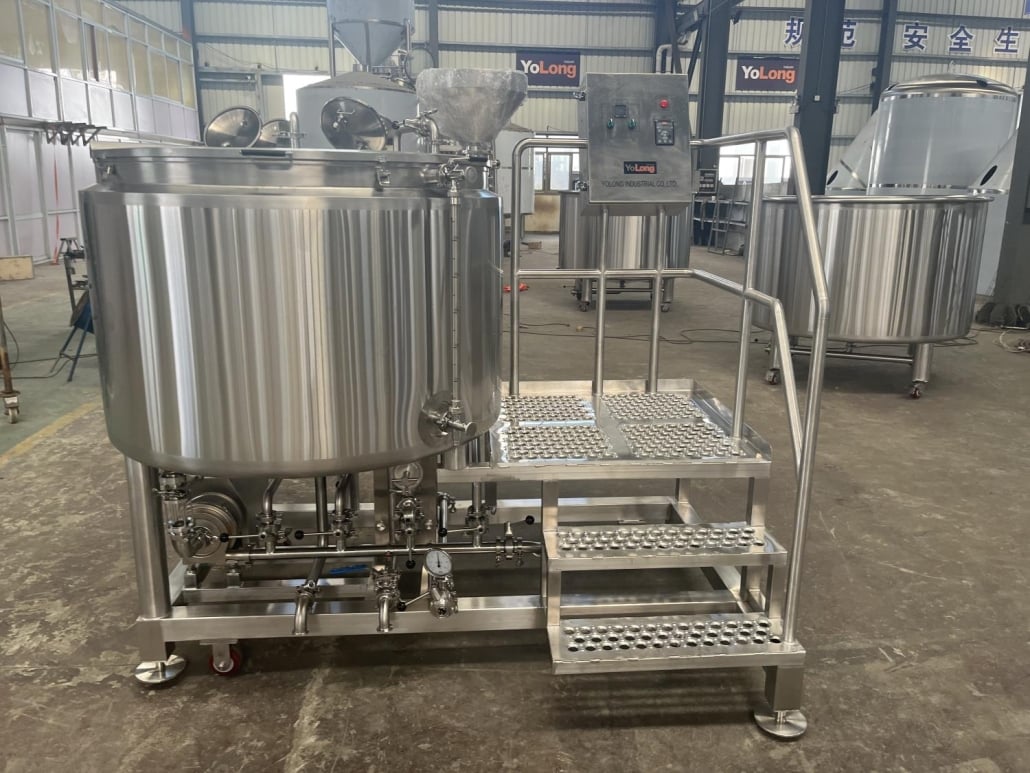
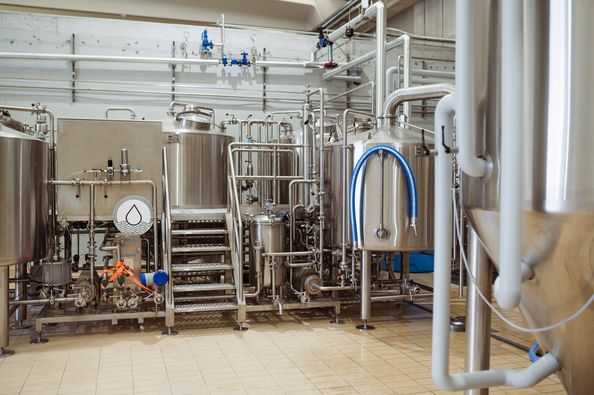
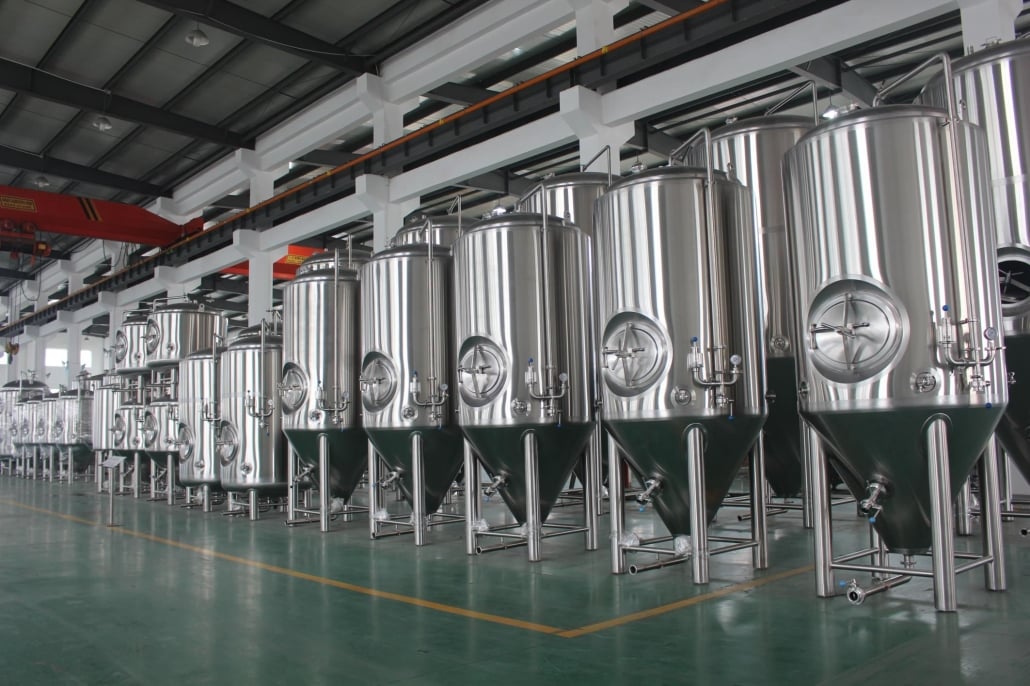
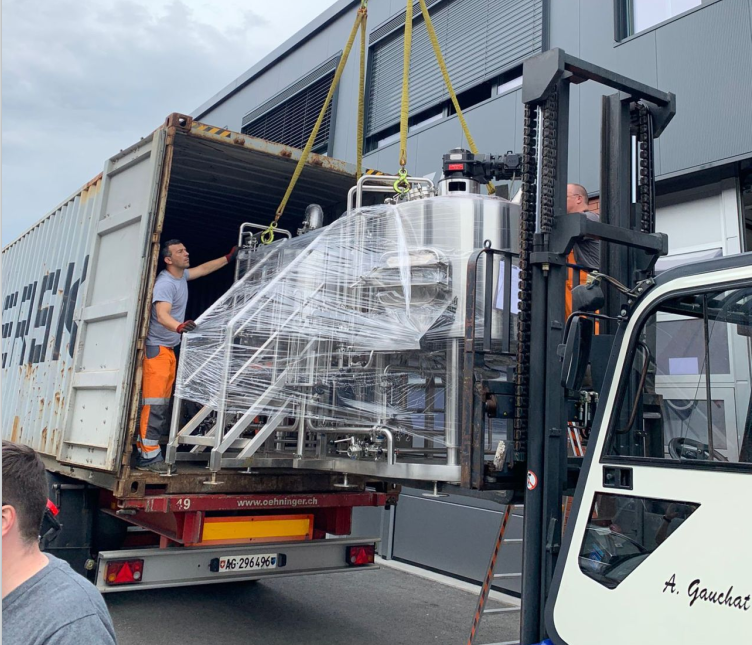
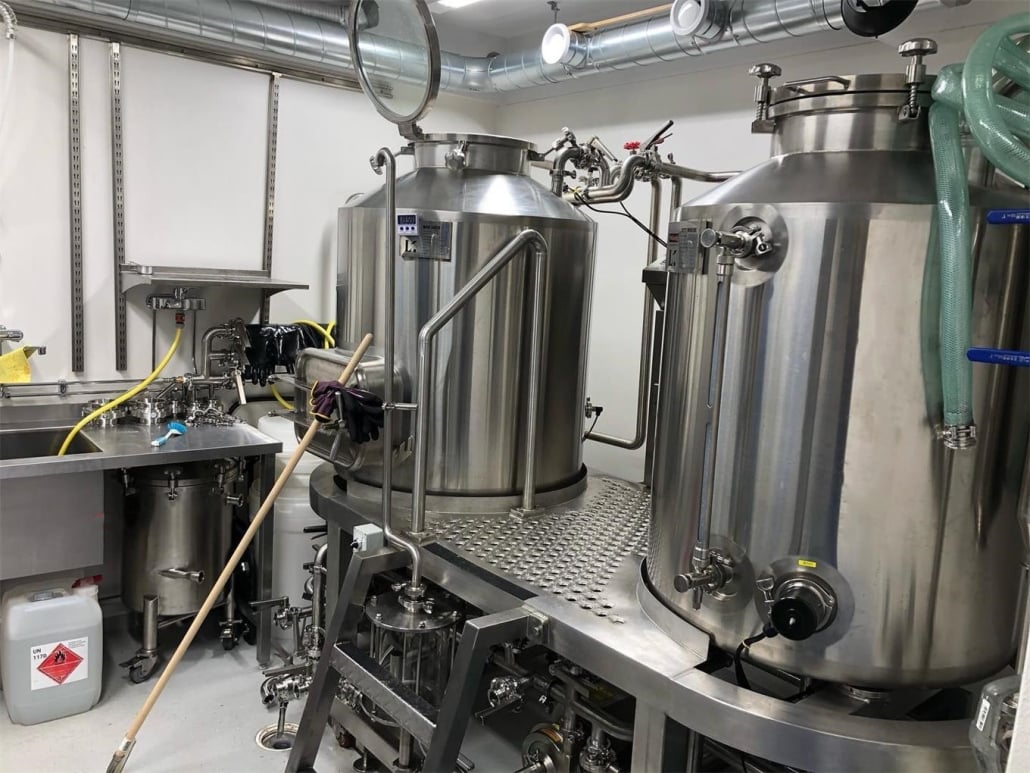
Calculating Brewery Startup Costs and Securing Funding
Starting a brewery requires significant investment. Here’s a breakdown of expected costs:
| Expense Category | Estimated Cost |
|---|---|
| Equipment (brewing system, tanks, fermenters) | $100,000 – $1,000,000+ |
| Location Lease or Purchase | $50,000 – $500,000+ |
| Licensing and Permits | $10,000 – $50,000 |
| Raw Ingredients (malt, hops, yeast, water) | $5,000 – $50,000 |
| Marketing & Branding | $10,000 – $100,000 |
| Employee Salaries | $50,000 – $300,000/year |
Funding options include personal savings, small business loans, crowdfunding, and investors. A well-crafted business plan will help attract financial backers.
Choosing the Right Brewery Equipment
The heart of your brewery is its equipment. Key factors to consider include batch size, scalability, and automation level. Smaller systems (1-10 barrels) work for taprooms, while microbreweries may require larger systems (10-30+ barrels). Automated systems increase efficiency but come at a higher cost.
Finding the Perfect Location for Your Brewery
Your brewery’s location can make or break your business. Consider factors like foot traffic, parking availability, proximity to suppliers, and zoning laws. A brewpub benefits from high-traffic areas, while production breweries need larger, industrial spaces.
Brewing Your First Batch and Perfecting Your Recipe
Once your brewery is set up, it’s time to brew. Experiment with recipes, test batch sizes, and collect customer feedback. Consistency is key—every pint should taste the same. Invest in quality ingredients and refine your brewing techniques to create a unique, marketable product.
Branding and Marketing Your Brewery
A strong brand will set your brewery apart. Develop an eye-catching logo, unique beer names, and a compelling brand story. Engage with your audience through social media, beer festivals, and collaborations with local businesses. A well-designed website and SEO-friendly content will help attract more customers.
Launching and Growing Your Brewery Business
Once you’re ready, host a grand opening event to introduce your brewery to the community. Offer promotions, live music, and brewery tours to attract customers. Continue to innovate, expand distribution channels, and build relationships with local bars and restaurants to scale your business.

FAQ
| Question | Answer |
|---|---|
| How much does it cost to start a brewery? | Costs vary widely but typically range from $250,000 to $1 million, depending on size and equipment. |
| How long does it take to open a brewery? | It can take 6 months to 2 years, depending on licensing, location setup, and funding. |
| Do I need brewing experience to start a brewery? | While experience helps, partnering with an experienced brewer or taking brewing courses can be an alternative. |
| Can I start a brewery at home? | Homebrewing is legal in most places, but commercial brewing requires proper licensing and a dedicated facility. |
| What is the most profitable type of brewery? | Brewpubs often have the highest profit margins due to food sales and direct-to-consumer beer sales. |
Additional FAQs on Starting a Brewery (2025)
1) How much working capital should a new brewery reserve after build-out?
- Plan 6–9 months of operating expenses (often 15–25% of total project cost) to cover payroll, raw materials, rent, utilities, and distribution ramp-up.
2) What brewhouse size is typical for a taproom-first brewery?
- 7–10 BBL brewhouse with 60–90 BBL of cellar capacity supports 1,200–2,500 bbl/year with strong on-premise margins before expanding wholesale.
3) Should I buy a canning line at launch or use mobile canning?
- Many startups use mobile canning to defer CAPEX and validate demand; purchase a line once packaged volume and labor savings justify ROI and floor space.
4) What permitting or safety items most often delay opening?
- CO2 monitoring/ventilation, wastewater pretreatment, fire/life safety (trench drains, egress), and local signage/zoning approvals frequently cause delays—engage inspectors early.
5) What foundational QA lab gear is worth it on day one?
- Hydrometer or densitometer, pH meter, DO/TPO meter for package checks, microscope + hemocytometer for yeast counts, ATP swabs, carbonation/pressure tools, and seam/closure gauges if canning.
2025 Industry Trends Impacting Breweries
- Taproom-first economics: On-premise draft remains the fastest path to profitability; wholesale pursued selectively.
- Quality control earlier: Low-oxygen handling and DO/TPO measurement adopted at launch to protect hop-forward styles and reduce returns.
- Efficiency and sustainability: Heat recovery, VFDs, and CO2/N2 optimization lower utilities; rebates/grants improve payback.
- Data and traceability: Recipe-driven controls, guided CIP, and lot tracking increasingly required by retailers.
- Financing mix: Heavier use of SBA 7(a)/504 loans and equipment leasing; used market tight for 7–15 BBL systems; lead times 12–24 weeks.
2025 Startup Benchmarks and KPIs for Breweries
| Metric (2025) | Typical Range/Target | Notes/Source |
|---|---|---|
| Total startup cost (taproom-first) | $450k–$1.6M | Build-out, equipment, soft costs |
| Working capital reserve | 15–25% of project | 6–9 months OPEX |
| Time to open (permit to pour) | 9–18 months | TTB + state/local |
| Brewhouse size (common) | 7–10 BBL | With 60–90 BBL cellar |
| Water use per hl beer | 3.5–5.5 hl/hl | With reuse/recovery |
| Packaged DO target | <30–80 ppb | Style dependent; BA/ASBC |
| Gross margin (taproom draft) | 70–80% | Before labor/overhead |
| Core equipment lead time | 12–24 weeks | OEM disclosures 2025 |
Selected sources: Brewers Association benchmark/economic reports (2024–2025), ASBC Methods, SBA lender guidance, industry trade press (BrewBound, Craft Brewing Business).
Latest Research Cases
Case Study 1: Taproom-First Launch Hits Profitability by Month 11 (2025)
- Background: New urban brewery sought fast payback while deferring packaging CAPEX.
- Solution: 10 BBL brewhouse, keg-centric distribution within 10 miles, quarterly mobile canning, early DO/TPO and seam audits via mobile vendor; implemented heat recovery to HLT.
- Results: 1,700+ bbl/year run-rate by month 12; EBITDA-positive in month 11; DO controls cut package returns and improved yield by 0.8%; utility cost per bbl down 12%.
Case Study 2: Utility Efficiency Cuts Cost per BBL by 18% (2024)
- Background: High gas/electric rates threatened cash flow at a suburban startup.
- Solution: Wort-to-HLT heat recovery, high-efficiency boiler, VFDs on pumps/fans, upgraded cold-room insulation, CO2/N2 optimization; staff training on guided CIP.
- Results: 18% reduction in utility cost per bbl; water use improved from 6.0 to 4.3 hl/hl; simple payback on upgrades in ~20 months.
Expert Opinions
- Bart Watson, Chief Economist, Brewers Association
- Viewpoint: “Right-sizing to local demand and prioritizing taproom sales remains the most reliable path to early profitability for new breweries.”
- Source: BA economic updates and reports, 2024–2025
- Mary Pellettieri, QA Consultant; Author of Quality Management for Craft Beer
- Viewpoint: “Invest in measurement—DO/TPO, seam integrity, and documented SOPs. Consistent quality protects margins and brand reputation from day one.”
- Source: QA seminars and consulting, 2024–2025
- Tom Shellhammer, Ph.D., Professor of Fermentation Science, Oregon State University
- Viewpoint: “Minimizing oxygen and controlling hot-side processes preserves hop aroma and foam-positive proteins; equipment choice and discipline directly impact flavor stability.”
- Source: Academic talks and brewer workshops, 2024–2025
Practical Tools and Resources
- Brewers Association startup, safety, and QA resources: https://www.brewersassociation.org
- SBA 7(a)/504 financing programs: https://www.sba.gov
- DSIRE database for energy incentives (US): https://www.dsireusa.org
- ASBC Methods of Analysis (oxygen, packaging, sensory): https://www.asbcnet.org
- ProBrewer forums (build-out, permits, equipment): https://www.probrewer.com
- OSHA small business safety (CO2/confined spaces): https://www.osha.gov
- Anton Paar QA instruments (DO/TPO, CO2): https://www.anton-paar.com
- G&D Chillers sizing tools: https://gdchillers.com
- Mobile canning provider directories: https://www.mobilesolutionsforcanning.com
Note: Confirm zoning, wastewater pretreatment, CO2 monitoring, and pressure vessel certifications (ASME/CE). Establish SOPs for CIP, packaging QA, traceability, and recall readiness to meet retailer audits. Validate utilities (steam/electric, water, glycol) and floor loading before equipment purchase.
Last updated: 2025-09-29
Changelog: Added 5 targeted FAQs, 2025 trend insights with KPI table, two recent case studies, expert viewpoints, and vetted tools/resources tailored to brewery launches
Next review date & triggers: 2026-03-31 or earlier if financing rates move >150 bps, OEM equipment lead times shift materially, or BA/ASBC QA benchmarks are updated
Share this entry
Interested in learning more about Brewing Systems including additional details and pricing information? Please use the form below to contact us!
YOLONG BREWERY EQUIPMENT FAQS
- Commercial Brewery / Craft Brewery / Microbrewery / Nanobrewery
- What is The Difference Between Craft Beer and Industrial Beer?
- The Bespoke Differences In Custom Brewing Systems
- Everything You Need to Know About Kettle Souring
- How to Choose Brewing Equipment for Your business?
- How To Choose The-Best Partner To Build Your Commercial Microbrewing System?
- Two Detection Sensors That You Need To Use In Your Brewhouse System
- Remote Control Applications in Brewing Equipment/How does it work?
- How To Clean Your Brand New Brewery Tanks?

